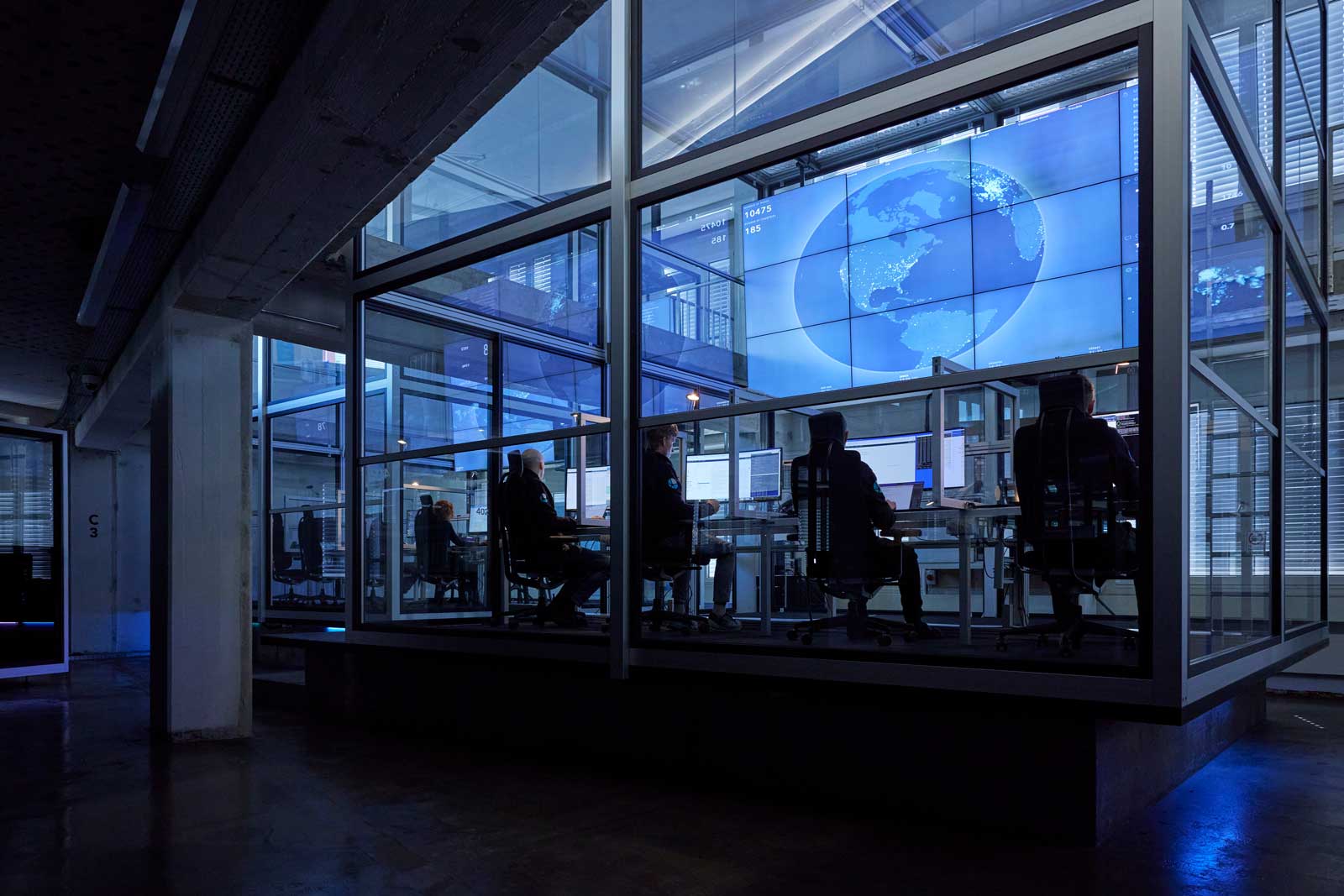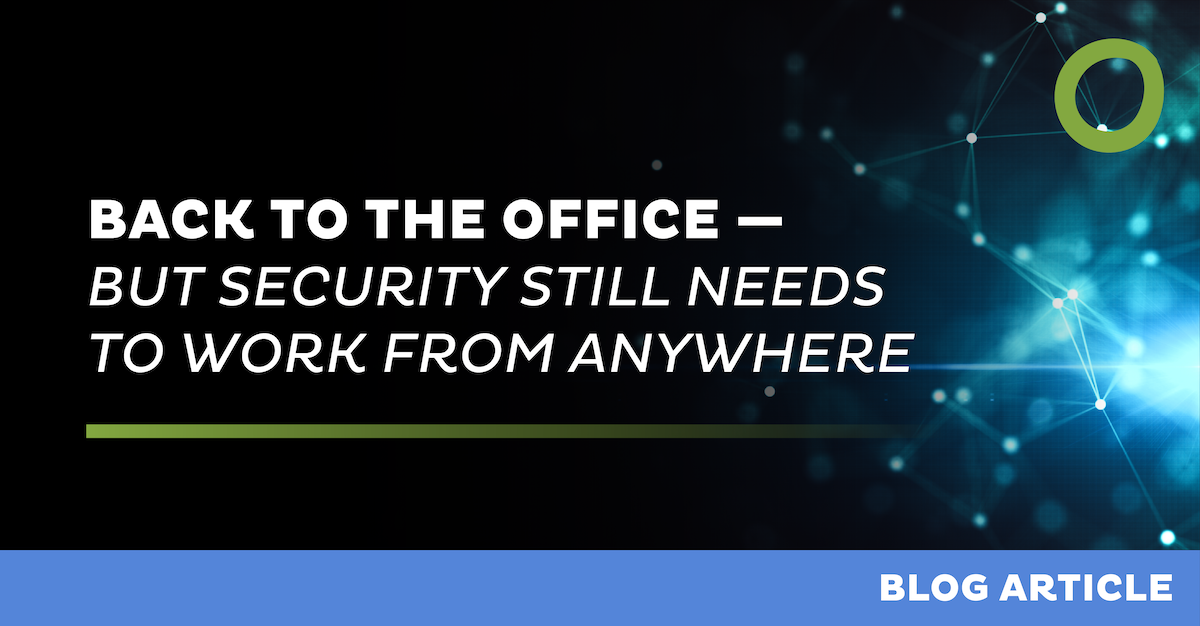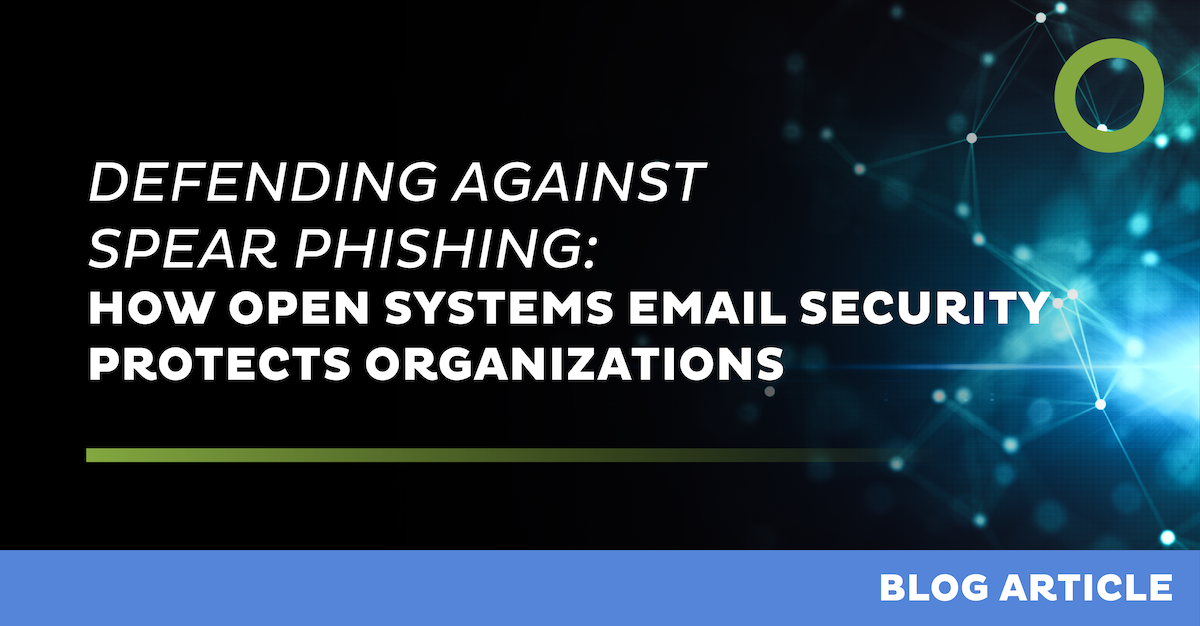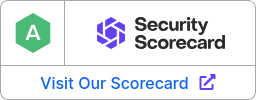
Multi-Cloud Enterprises Require Unified, Secure SD-WAN
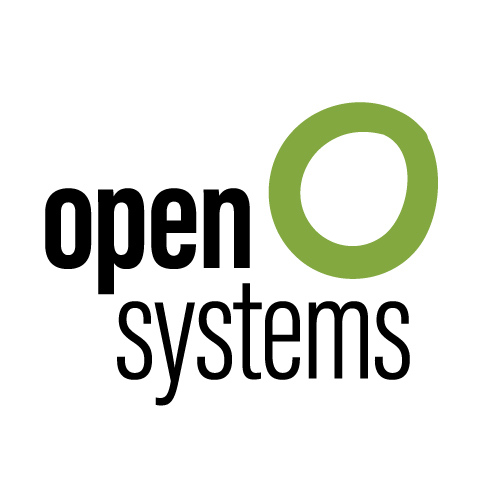

Enterprises need a unified, secure SD-WAN platform to take them into the multi-cloud future. This technology should facilitate secure connectivity to the cloud for all sites, all users, and all devices.
The Multi-Cloud Era has Arrived
EMA research found that 84% of cloud-centric enterprises use more than one IaaS provider. And half of these enterprises also use more than 20 SaaS providers. SD-WAN technology will be essential to connecting enterprise end users to these cloud services securely.
SD-WAN solutions are the foundation of cloud access. They typically excel at creating secure connections between enterprise sites and public cloud providers. However, they should do more than provide a secure internet breakout.
Many enterprises will expect their SD-WAN solution to provide secure cloud access to any type of device or user, regardless of where they are. This means SD-WAN should be about more than connecting sites. Remote access technology must also be part of the puzzle. As they deliver this multi-cloud connectivity, enterprises will also need their SD-WAN solution to offer advanced security features and functions to protect that cloud data. Those security capabilities must be flexibly deployable as virtual network functions or cloud services.
SD-WAN Should Incorporate Remote User Access
Ninety-percent of distributed enterprises want a unified platform for orchestrating and managing the WAN, according to EMA’s recent research on WAN transformation. When asked to identify what they want this unified platform to include within its scope, enterprises selected branch site WAN infrastructure, branch site security, and remote user access as their top three. The first two responses are no surprise, but the remote user access priority reveals a new focus on unifying branch office infrastructure management with remote user access management.
Thus, EMA believes that next-generation SD-WAN technology should incorporate remote user VPN capabilities. This integration will simplify the management of user access to multi-cloud services regardless of device or location.
SD-WAN Must Unify Security Architecture
Unified security is a huge priority for SD-WAN adopters in today’s multi-cloud world. In fact, adopters of SD-WAN have revealed in EMA research that integrated security is the second most critical feature in an SD-WAN product. Only native network and application monitoring is more important to them. Thus, any SD-WAN product must have a unified security strategy, with a combination of native capabilities and integrated, third-party solutions.
For instance, 98% of SD-WAN adopters expect their solution to have some kind of cloud access security broker (CASB) capability. While some of them believe that their SD-WAN vendor should provide CASB functionality natively, many others want an integrated third-party solution. Enterprises want their vendors to provide them with options for addressing their security requirements in a multi-cloud architecture.
EMA’s research has observed similar requirements for other security functions, from next-generation firewalls to advanced threat protection. Enterprises want an integrated approach to these capabilities, with SD-WAN at the center orchestrating secure access into multi-cloud services. SD-WAN solutions must be flexible enough to meet all the security needs of these enterprises.
EMA does not believe that every SD-WAN vendor must develop their own security technology to meet all these requirements. No one expects an SD-WAN vendor to be a developer of best-in-class security technology. But enterprises should look for SD-WAN vendors that have strong technology partnerships and integrations that can help them build a unified approach to securing the WAN and the cloud.
Leave Complexity
Behind
To learn how Open Systems SASE Experience can benefit your organization, talk to a specialist today.
Contact Us